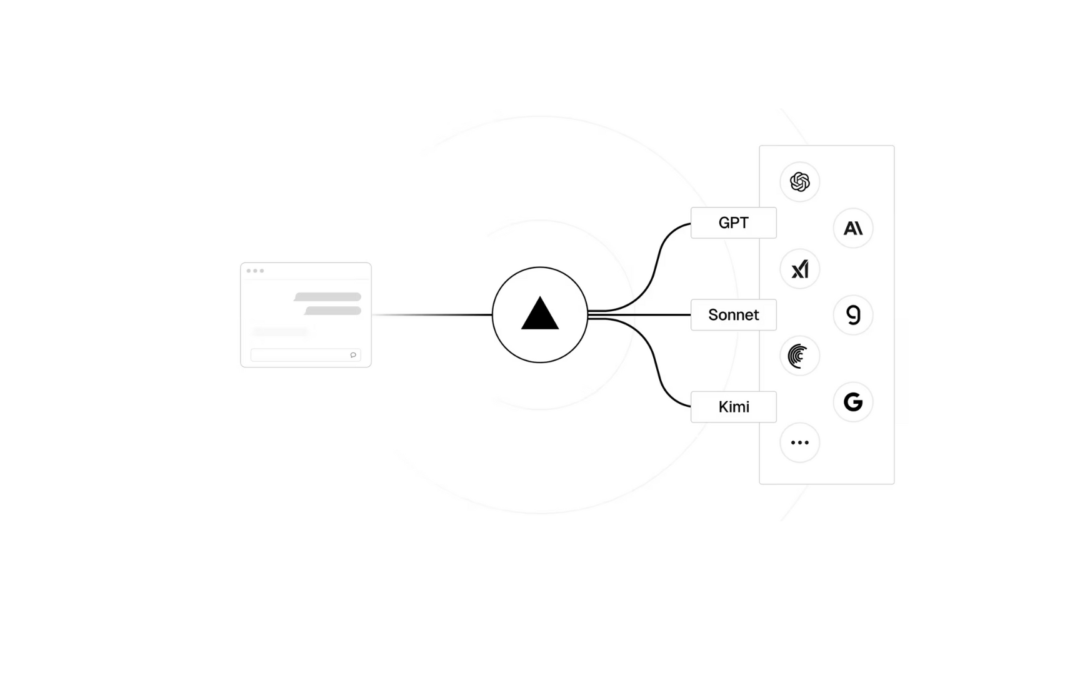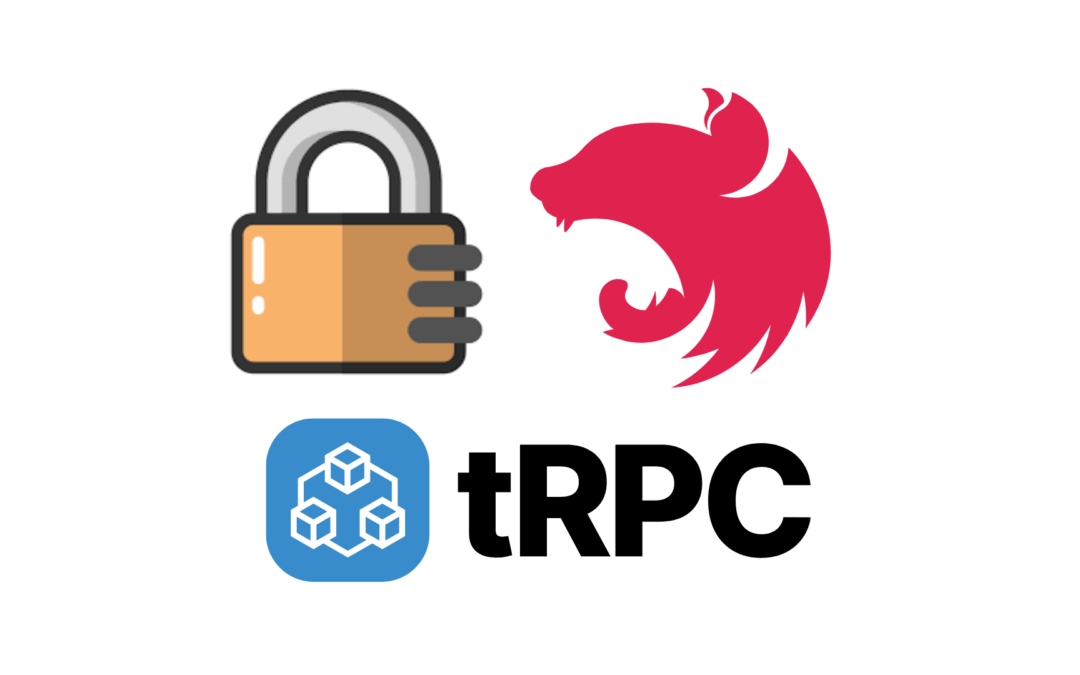
by mguay | Nov 24, 2025 | Lecture, NestJS, Next.js, Project
In this 3-hour, full-stack build, we create an AI chatbot from scratch using NestJS and Next.js. You’ll learn how to harness the Vercel AI SDK + Gateway to stream messages in real time, execute tool calls, and persist conversations with Drizzle ORM. By the end, you’ll...

by mguay | Oct 29, 2025 | NestJS, Post
Writing Clean, Decoupled Code with the Strategy Pattern One of the biggest signs of a mature backend developer is understanding how to decouple high-level business logic from low-level implementation details. That’s exactly what the Dependency Inversion Principle...

by mguay | Oct 12, 2025 | Lecture, NestJS
In this lecture, we’ll build a complete NestJS project using Hexagonal Architecture and CQRS from the ground up. You’ll learn how to structure your code around core domain logic, application services, and infrastructure adapters — creating a clean, maintainable, and...

by mguay | Sep 3, 2025 | NestJS, Post
When building APIs, especially for payments or operations that modify state, you want to avoid executing the same request multiple times if the client retries. Stripe popularized the concept of idempotency keys: clients attach a unique key to a request, and the server...

by mguay | Aug 25, 2025 | NestJS, Next.js, Post
When you’re building a modern API with NestJS and tRPC, authentication is usually one of the first hurdles. Instead of rolling your own, you can use Better Auth, a lightweight authentication service that integrates seamlessly with NestJS. In this post, I’ll show you...

by mguay | Aug 9, 2025 | NestJS, Node.js, Post
Encrypting database traffic isn’t optional—especially if you’re handling user data or building anything that might one day need audits or certifications. Fortunately, enabling SSL/TLS for Postgres on AWS RDS with Drizzle ORM (node-postgres) in a NestJS app is...







